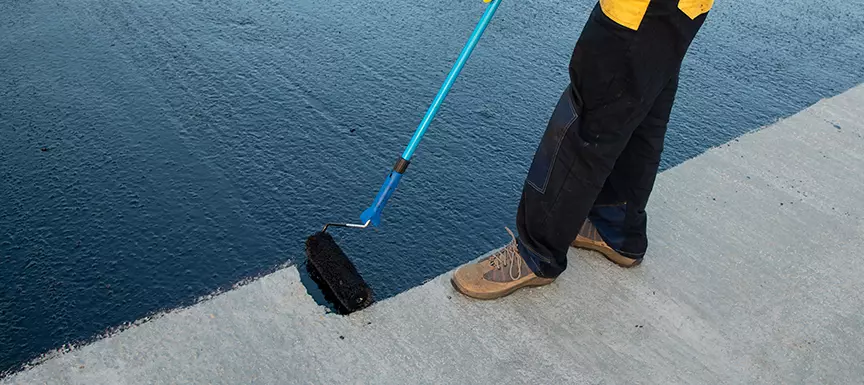
Damp Proofing Vs. Waterproofing: What's The Difference?

Create Your Dream Home With Our Painting Experts
Fill the form below to book a free site evaluation by Nerolac Nxtgen painting Services expert
More than often, dampproofing and waterproofing are used interchangeably. But you should note that there is a significant difference between the two. Moreover, waterproofing is considered far more effective and helps keep water from going to the surface. This even means that water vapour, moisture in the soil and water under pressure is successfully barred.
Dampproofing helps control water vapour from the humidity of the soil and stops the inflow of liquid water. This is the most critical point of differentiation between these two as they help determine whether dampproofing is enough for your structure. Also, living in a damp environment increases the likelihood of flooding in the area.
In this article, we shall tell you about what damp proofing is and the difference between waterproofing and dampproofing.
Let's get started.
What is Damp Proofing?
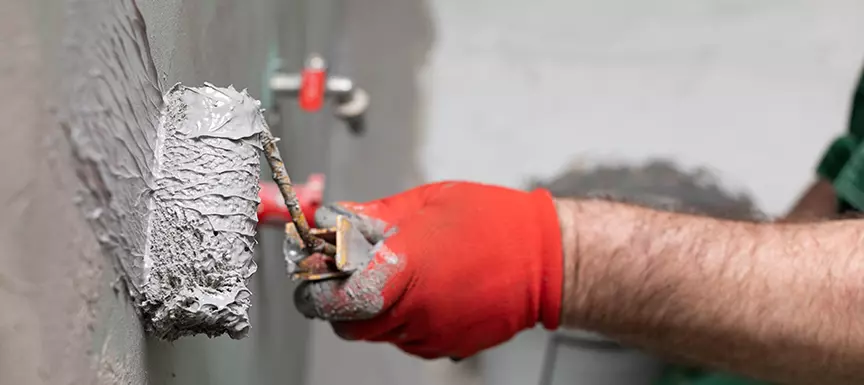
Dampproofing is done in the absence of hydrostatic pressure. It is just a coating that is hand applied or sprayed on the surfaces of the wall paint. Also, it's not recommended when it comes to the construction of modern residential homes.
Dampproofing is only helpful in controlling water vapour from soil moisture but does not stop the inflow of water. It only keeps the dampness out of the home and is relatively basic. Additionally, it is a more viable solution when moisture is a significant problem.
What is the Difference Between Waterproofing and Dampproofing?
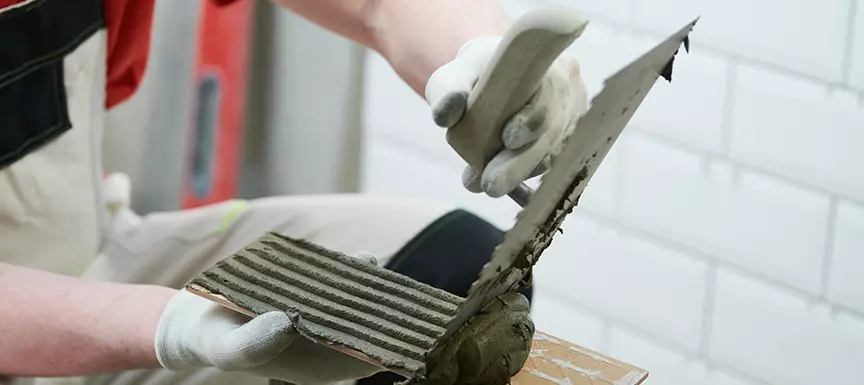
Now, let's move and look at the significant differences between waterproofing and dampproofing. Waterproofing and dampproofing sound the same, with a common objective of keeping water away. However, their differences are substantial. They are crucial in understanding exactly what you're looking for.
Nerolac Paints, a leading paint company in India offers a wide range of wall paint colours & painting services & solutions for homes & offices.
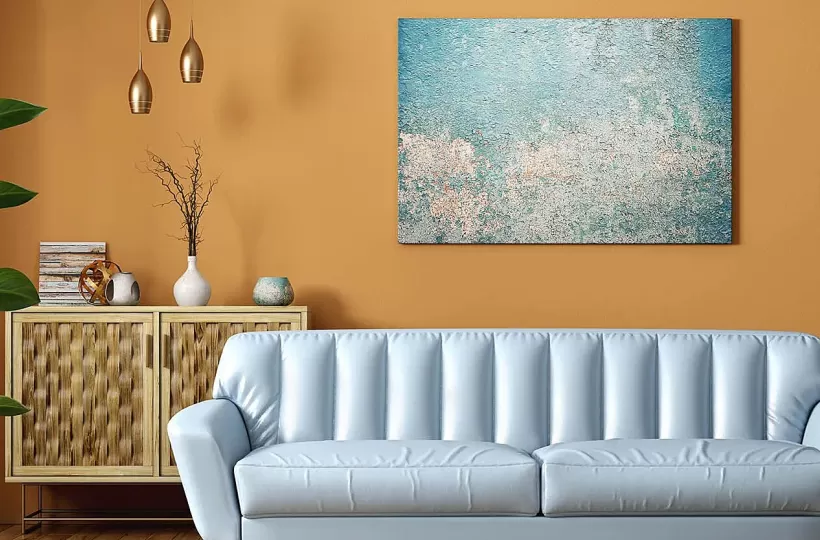
Colour Combination for Walls: 10 Beautiful House Colour Combination Ideas
A Guide To Trending Colour Combinations For Walls With Images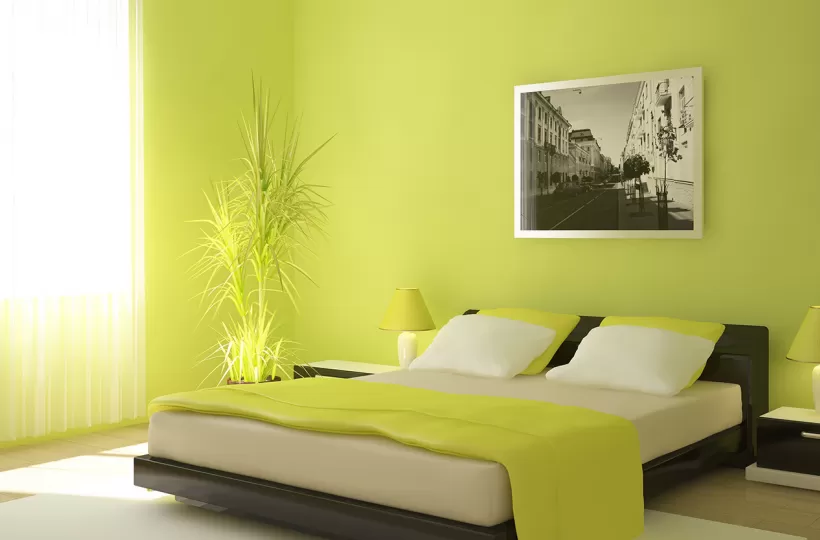
12 Stylish Green Colour Combinations and Photos
Green Colour Combinations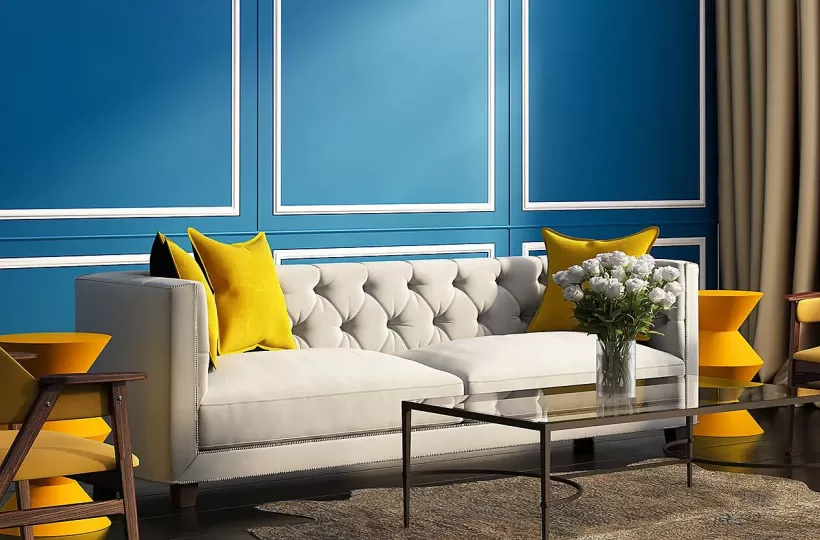
What Colours Match with Blue? 14 Colour Combinations with Blue for Your Home
Blue is a universally popular colour for décor and design
-
Recent Blogs
- Zodiac Sign Meanings: Choose Lucky Colours With Your Astrology Sign
- Top 10 Painting Ideas for North & South Facing House Vastu
- Top 10 Creative Wall Furnishing Ideas For Your Lovely Home
- Top 10 Mocha Mousse Colour Combinations and Photo Inspirations
- How Heat Resistant Paint for Roofs Can Reduce Your Indoor Temperature?
Get in Touch
Looking for something else? Drop your query and we will contact you.
Get in Touch
Looking for something else? Drop your query and we will contact you.
Popular Searches
Get in Touch
Looking for something else? Drop your query and we will contact you.

